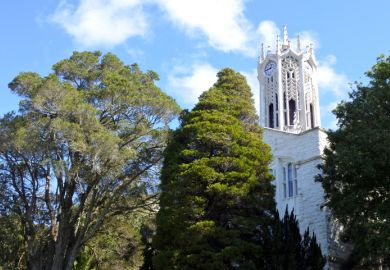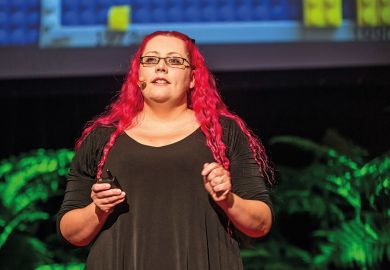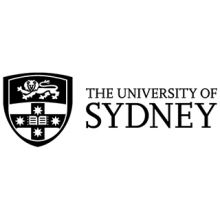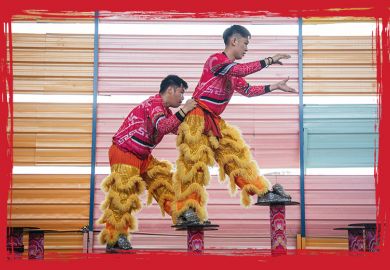Academic commentators should “focus on the big picture” and remember their legions of “silent” supporters when they find themselves targeted by trolls, according to a creator of an online toolkit to help scientists deal with abusive social media.
But harassment affects everybody differently, and experts should also decide for themselves how much persecution they are prepared to wear.
“For some people, this is water off a duck’s back,” said Lyndal Byford, director of news and partnerships at the Australian Science Media Centre (AusSMC). “For other people, it can cause real harm. It’s about tailoring the protections that are out there and the steps that you can do, based on how comfortable you feel.”
AusSMC said the toolkit, developed with Springer Nature, Flinders University, the University of Sydney and science agency CSIRO, was designed to help researchers prepare for harassment. It explains “what to do if you find yourself on the receiving end of an online pile-on”.
Available to staff at the centre’s 40-plus institutional partners and affiliates, it contains advice on things such as changing social media privacy settings, expunging identifying information from the internet and “getting back out there” after an online attack.
“Google yourself and see where your name, phone number and address are listed online,” the guide advises. “Check online CVs for personal phone numbers and home addresses.”
The web page also lists counselling and support services, outlines “action plans” for victims and explains when they are covered by occupational health provisions.
A 2021 AusSMC survey during the pandemic found that scientists’ Covid-19 commentary had provoked online fury, with trolling reported by about three in five respondents and violence or death threats by about one in five. Nature repeated the exercise in five more countries, with similar results.
More than 30 per cent of the Australian respondents reported emotional and psychological impacts from the abuse, with about 40 per cent saying it had affected their willingness to speak out.
Campus resource: Trauma-informed approaches can help address bullying in higher education
“Often it’s the people who disagree with you that shout the loudest,” Ms Byford said. “But there [is] probably a whole bunch of people out there who support you [so you should] not let yourself be silenced.
“You can set up your social media accounts…to reduce notifications [and] block specific words or phrases. These pile-ons tend to last a couple of days, so giving yourself some space from…social media for a few days [can help]. Maybe ask a colleague to monitor it for you – [keep posts] from stakeholders that are really important, and ignore the rest.”
She said it was important for researchers to distinguish between abuse and constructive criticism. Another survey conducted by the centre last year, this time with science magazine Cosmos, found that almost two-thirds of researchers had attracted “good-faith critiques” on social media, but only a little over one-third had experienced abuse.
However, those using Twitter/X told a different story, with more than 70 per cent reporting abuse. X was also the most frequent vehicle for misinformation.
“It can pay to tailor what you’re sharing to different platforms,” Ms Byford said. “The idea of Twitter was that it was supposed to be a conversation. Are you happy to have this sort of town square, blasted-out approach?”
Register to continue
Why register?
- Registration is free and only takes a moment
- Once registered, you can read 3 articles a month
- Sign up for our newsletter
Subscribe
Or subscribe for unlimited access to:
- Unlimited access to news, views, insights & reviews
- Digital editions
- Digital access to THE’s university and college rankings analysis
Already registered or a current subscriber? Login











